Goals
The aim of this project is to explore diodes in unconventional uses, including, but not limited to the following crazy ideas. I need a place to document experiments as I go, without necessarily working towards a well-defined goal, and this is that place. If you're interested in contributing, send me a note; I'll add you to the project.
Diode-Diode Logic (spinoff from #The Diode Clock)
- Faster (I'd like to see 1 MHz clock frequencies before building a computer)
- SMD parts
- Using actual RF components (PIN /Schottky diodes)
- Better fan-out
- Diode memories (diode/capacitor DRAM)
Linear Amplifiers
- Headphone amplifier
- Diode op-amp
- Boutique audio (get that "diode sound")
Oscillators
- RC
- LC
- XTAL
Optoelectronics
- LEDs + photodiodes - you do the math
Homebrew Devices
- Copper oxide
- Selenium
- Zinc Oxide
- Borax rectifiers
- Crystal (galena) diodes
- Scavenged silicon
Power Supplies
- Diode-only (GUNN/IMPATT/tunnel)
- Mechanical (spark gap / high-speed alternator)
- Better supplies using transistors and ICs (the horror!)
And anything else relating to semiconductors that walk on two legs.
 Ted Yapo
Ted Yapo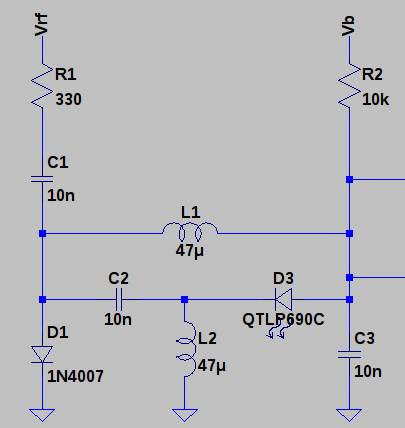


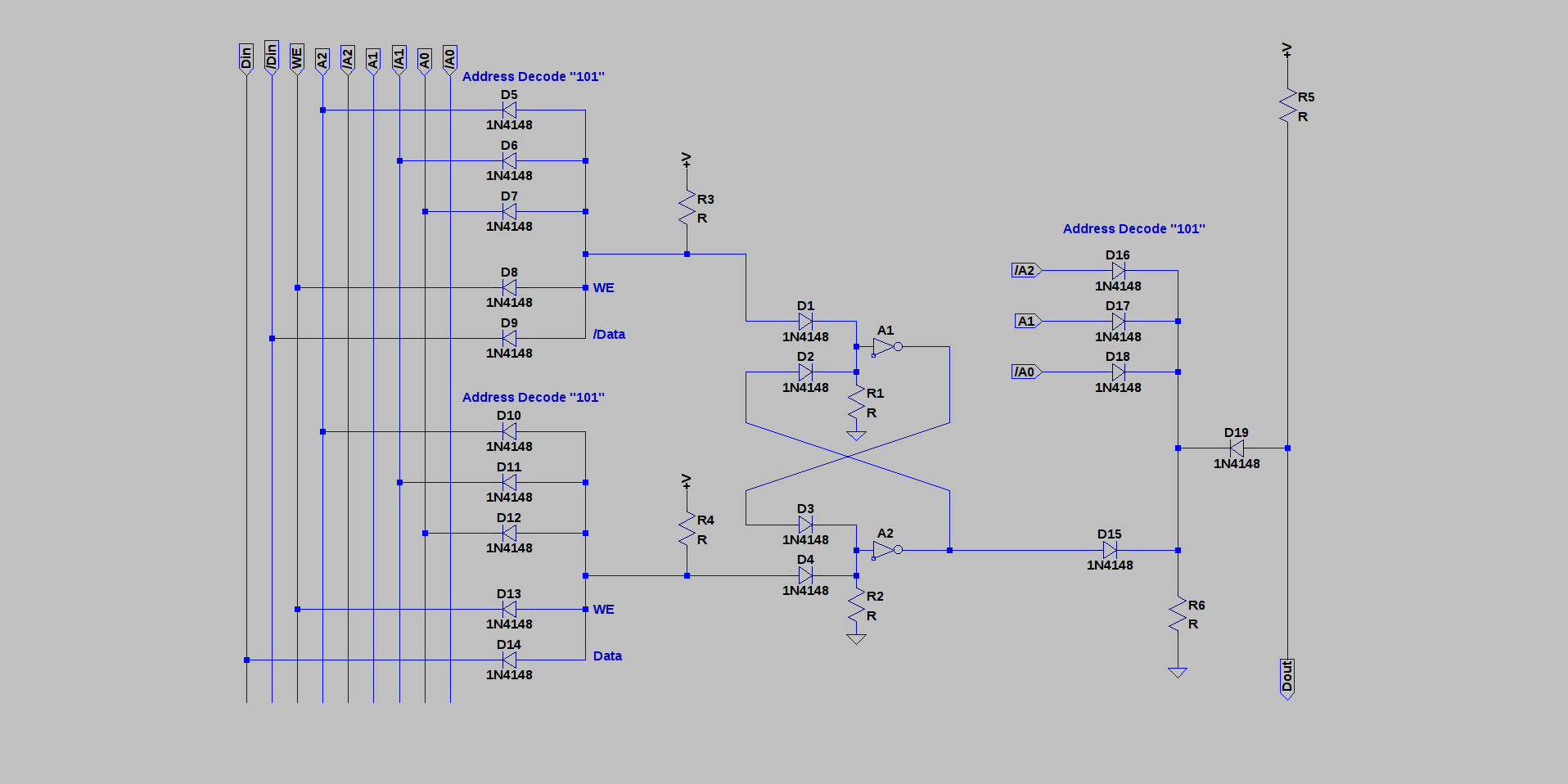
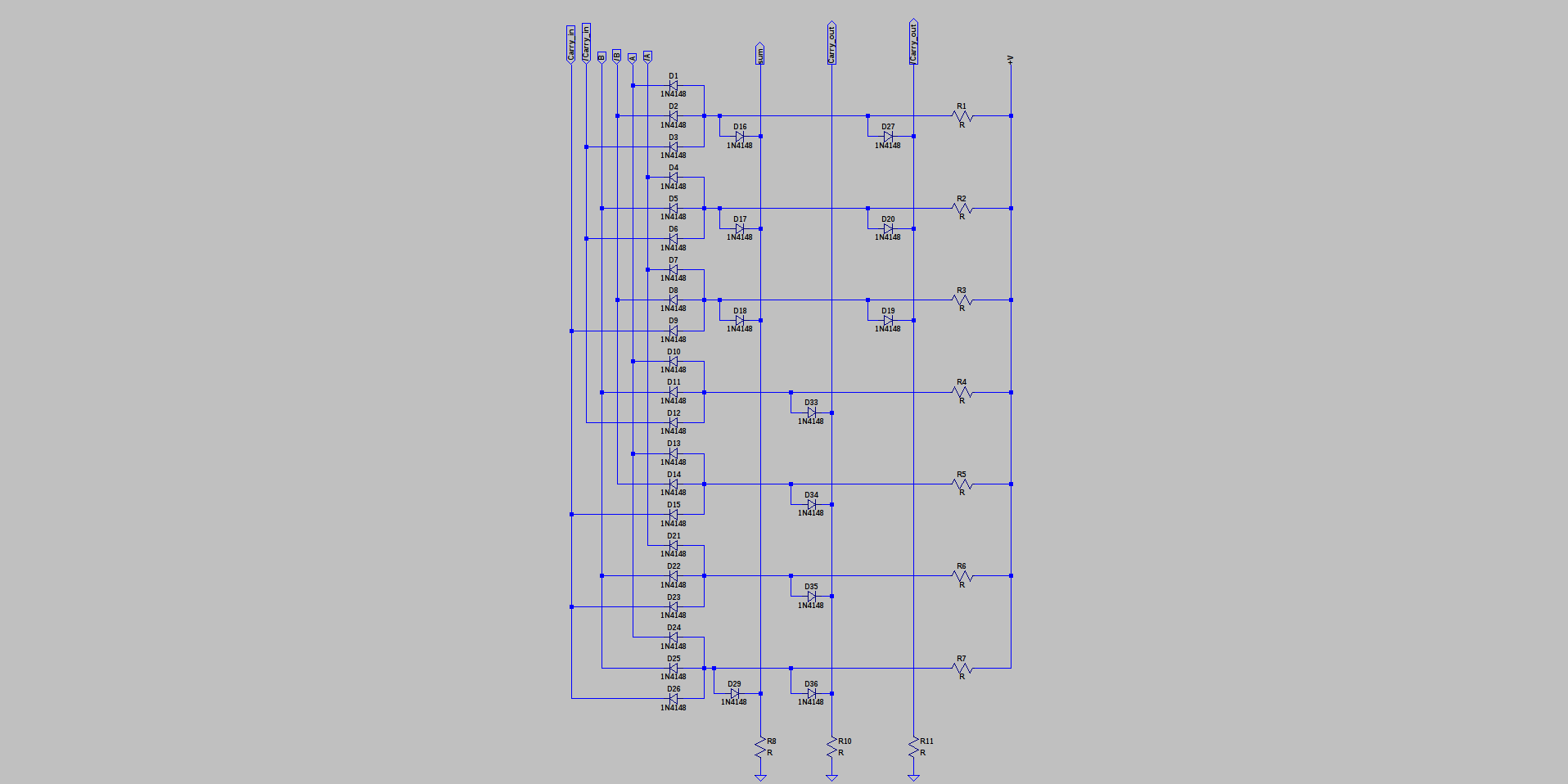
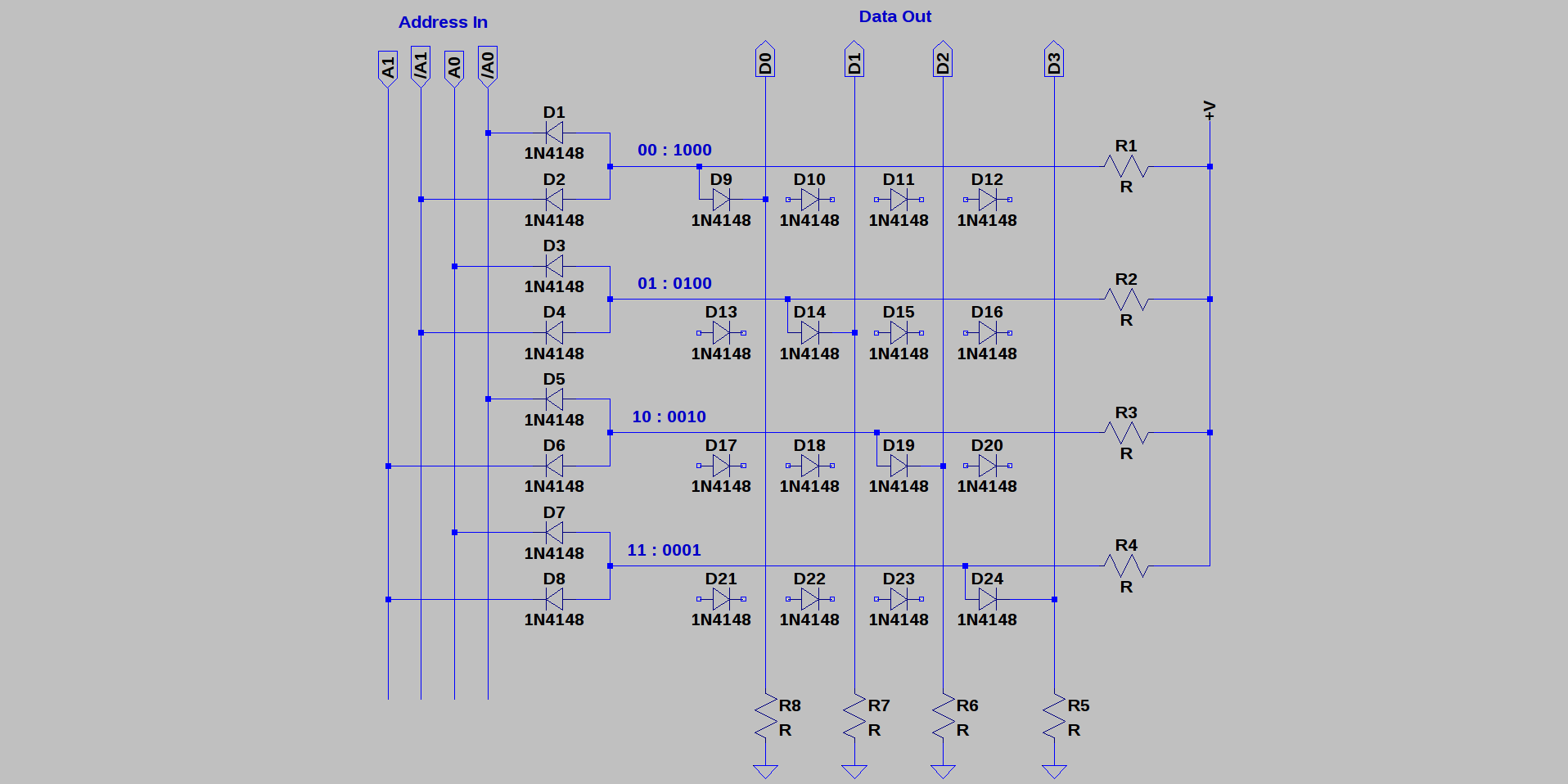



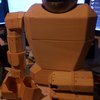



Happy New Year Ted. Just finished finalized all my Light Logic gates last night. All are working great now. https://hackaday.io/project/161669-light-logic-hic-svnt-dracones